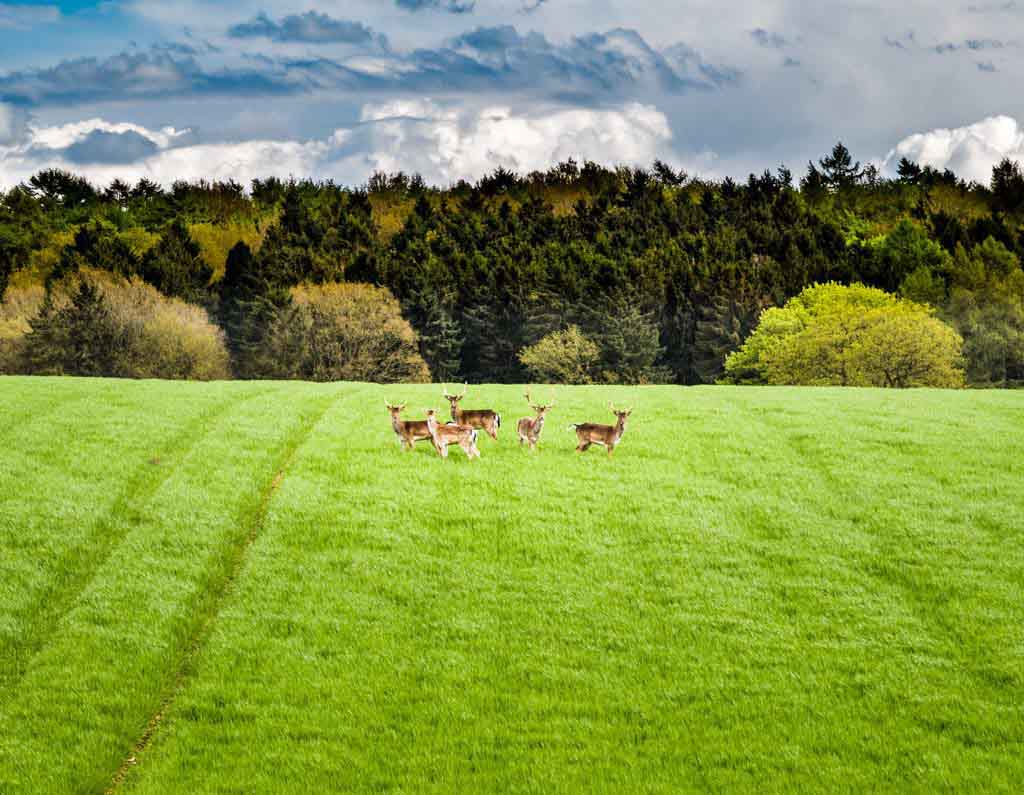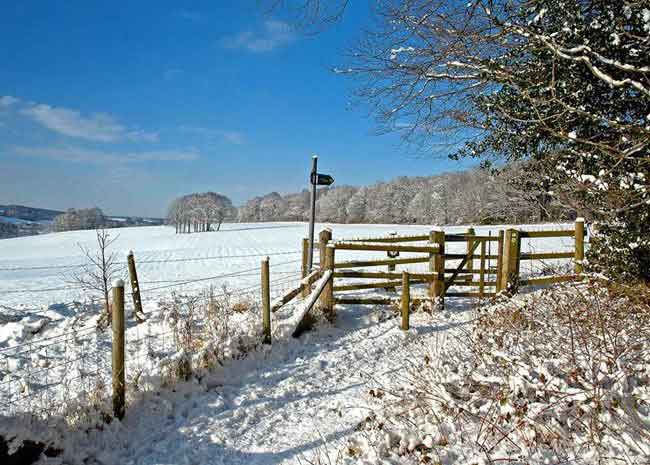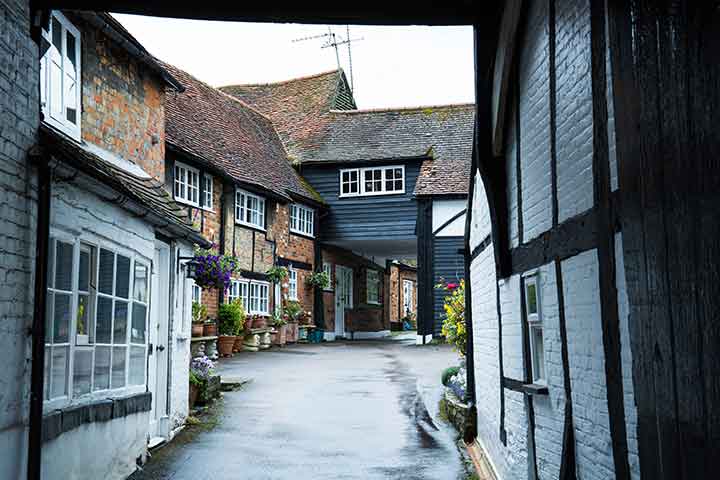Following an insightful debate at the Chiltern Society AGM last October, the majority of those attending were, on balance, in favour of the Chilterns becoming a National Park. It’s clear, however, that while the current AONB designation may not be perfect, becoming a National Park brings its own challenges.
The overall objectives of a National Park are very much aligned with those of an AONB: conserving the natural beauty of the Chilterns, its wildlife and cultural heritage;promoting understanding and enjoyment of the region; and fostering the economic and social wellbeing of local communities. On the other hand, there are significant differences in the structure, resourcing and powers of the authorities charged with delivering these objectives. A key difference is the ability for a National Park Authority(NPA) to become the Planning Authority. This isn’t mandatory, and while there would be benefits in having a single body dealing with planning issues across the Chilterns,there are concerns over the potential loss of control at local level.
The resourcing of an NPA offers significant benefits, with typical staffing levels of 50-100, including ecologists,rangers, archaeologists and support staff,and a budget ranging from £3million to£10million. AONBs have significantly lower staffing levels and budgets, ranging from£200,000 to £1million. These resource pressures mean a reliance on effective partnership work and project funding to deliver AONB management plan objectives. The higher levels of resourcing for a National Park reflect the need for extra support to deal adequately with these challenges.
An important factor to consider is the increased awareness and recognition of the National Park brand. Although this isn’t easy to measure, the impact of it shouldn’t be underestimated and in all likelihood will bring both benefits and costs. National Parks are undoubtedly more recognised nationally as protected landscapes than AONBs, and this may give them extra leverage. Conversely, tourism levels would increase, particularly given the proximity of the Chilterns to London. This would have to be managed very carefully in order to protect the special features of the landscape and local communities, while making the most of potential opportunities for local businesses.
The Glover Review into both National Parks and AONBs is currently under way,to assess whether our protected landscape designations are fit for purpose. The result of this study will be crucial, and could potentially change the look of both National Parks and AONBs. (It was also noted at our AGM that it took 79 years for the South Downs to be designated as a National Park)! What we can say is that National Park status won’t be a magic bullet or something that will happen overnight, but it does raise important questions for the long-term future of the Chilterns and how we ensure we have the appropriate level of protection and resources to guarantee it’s a diverse,resilient and sustainable landscape that future generations can enjoy.
We want to know your views. Should the Chilterns become a National Park? Give us your feedback and complete our survey.





